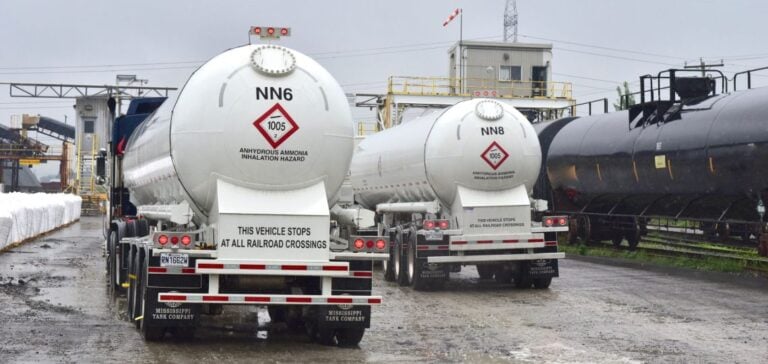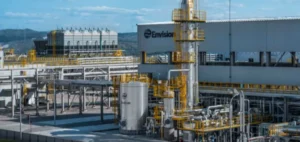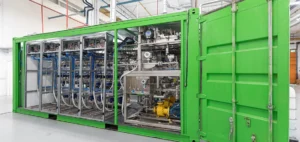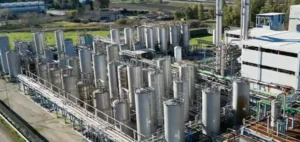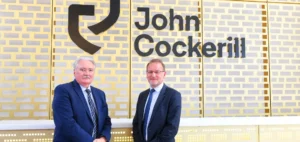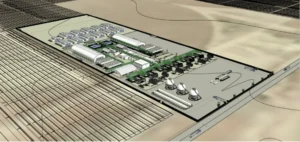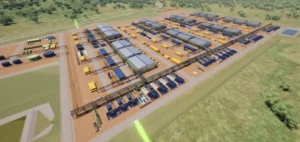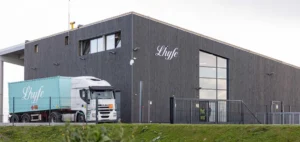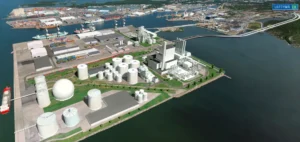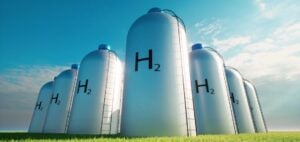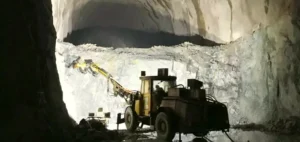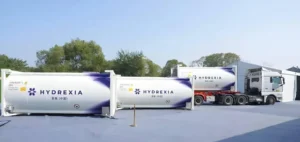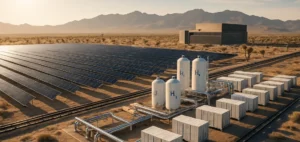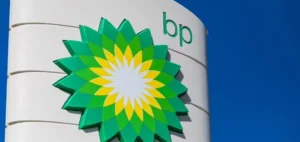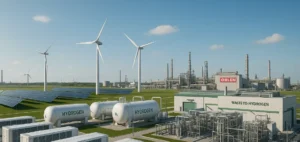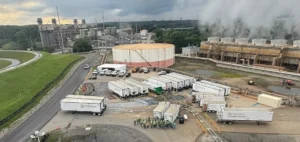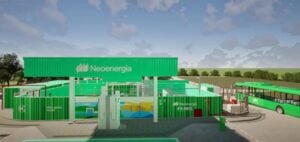Efforts and Objectives of Low-Carbon Projects
Canada is intensifying efforts to become a key exporter of hydrogen and its derivatives, such as low-carbon ammonia, to meet growing demand in Asia and Europe. These initiatives align with the national strategy of investing in clean energy solutions. Similar to liquefied natural gas (LNG) projects, ammonia initiatives benefit from tax incentives like hydrogen investment tax credits. The goal is to foster low-carbon trade flows while displacing more polluting energy sources.
Unlike pure hydrogen, ammonia is preferred for its logistical flexibility, allowing easier integration into existing infrastructures. A U.S.-based producer highlighted that ammonia offers greater viability for transport logistics, reducing uncertainties associated with establishing new hydrogen pipeline networks.
Logistical and Regulatory Challenges
Despite its potential, low-carbon ammonia faces significant logistical hurdles, particularly in rail transport. Current Transport Canada regulations limit the movement of long-haul ammonia trains, complicating delivery to ports such as Prince Rupert, British Columbia. Discussions between provincial governments and industry stakeholders are ongoing to address these barriers, but progress is expected to take time.
Insurance costs tied to ammonia rail transport exacerbate these challenges, hindering access to Asian markets for producers in Western Canada. These constraints mirror issues faced by LNG projects, often delayed by regulatory hurdles and environmental opposition.
Economic Viability and International Comparison
In terms of competitiveness, Canadian projects benefit from relatively low natural gas feedstock costs and shorter maritime routes to Asia, avoiding expensive infrastructure such as the Panama Canal. However, these advantages are offset by high costs associated with pipelines needed to connect production sites to export ports.
Recent assessments indicate that low-carbon ammonia, particularly the “blue” variant incorporating carbon capture and storage (CCS), remains competitive with U.S. Gulf Coast projects. Platts assessed the price of blue ammonia on the U.S. Gulf Coast at $527.50/mt FOB (Free on Board), highlighting narrow profit margins amid Canada’s logistical costs.
Outlook and Political Challenges
Canada’s current political climate, coupled with uncertainties surrounding upcoming federal elections, could further slow progress on regulatory discussions. Western Canadian ammonia projects, though promising, risk encountering the same pitfalls as LNG initiatives: delays due to environmental approval processes and debates over First Nations’ land rights.
Despite these obstacles, industry players remain optimistic about Canada’s ability to emerge as a key low-carbon ammonia supplier to Asia. Innovative solutions and increased stakeholder dialogue will be critical to overcoming these challenges.

